In the News
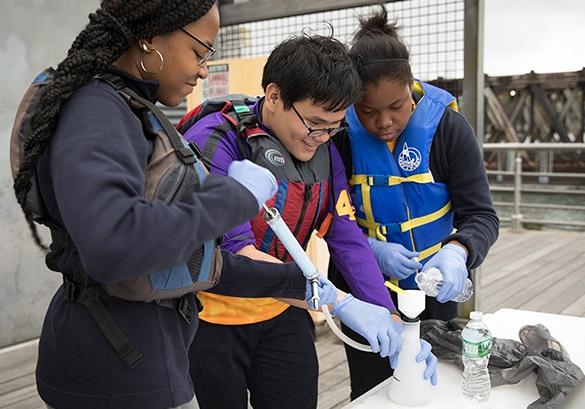
December 03, 2018
With eDNA, scientists can count fish and other animals just by collecting a small sample of water.
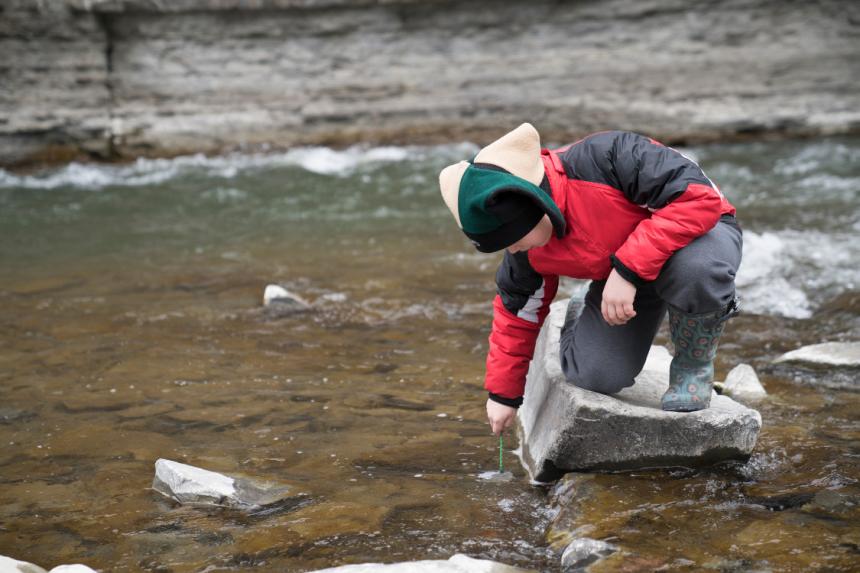
October 16, 2018
Students and teachers from across New York have been participating in Cornell's FishTracker Program to gather data about invasive fish and threatened native species.
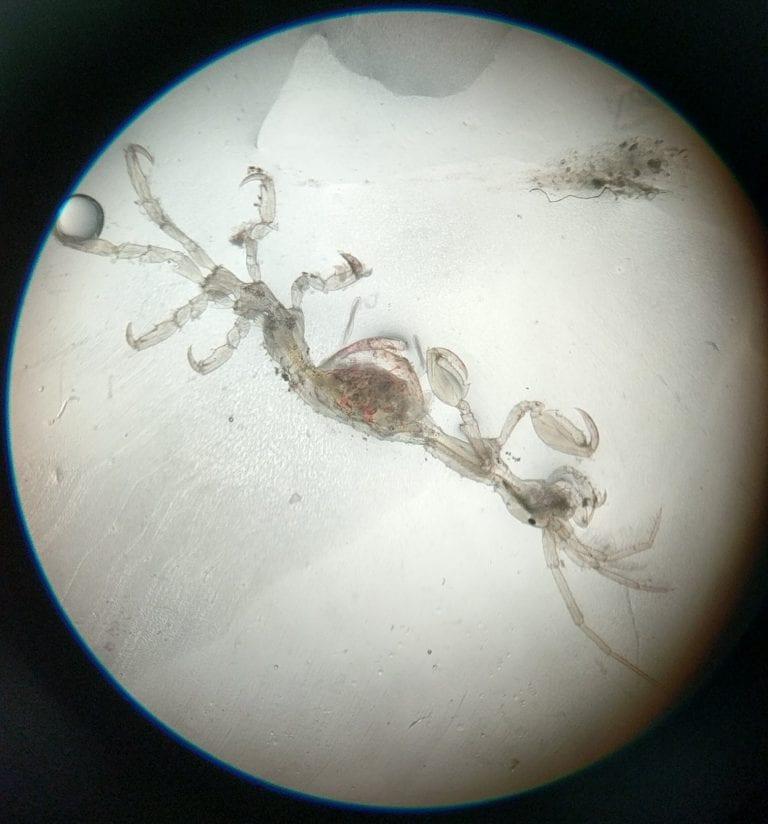
Blog
September 26, 2018
Cornell veterinary student Kwamina Otseidu ’21 writes about the amazing opportunity he had being a part of the AQUAVET program, where he learned about aquatic species, their anatomy, ecology, and the role they play in freshwater and marine ecosystems.

June 05, 2018
In this feature article, Wildlife Watchers, learn how Cornell Wildlife Health Center scientists are turning discoveries into real-world solutions, and how our research and surveillance protects nature across New York State.
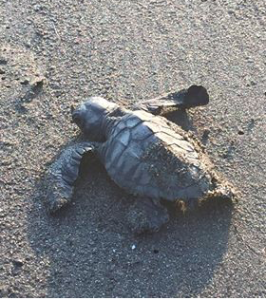
Blog
May 09, 2018
Cornell veterinary student Victoria Albano '21 reflects on her once in a lifetime experience in Ostional, Costa Rica working with sea turtles.

March 21, 2018
One-hundred and sixty 6th graders have been collecting environmental DNA samples to help Cornell scientists monitor the range of invasive and endangered fish species in New York's waterways, engaging in hands-on science and learning about the balance of ecosystems.

March 19, 2018
by
Rodman Getchell
I don’t usually think of myself as a detective. I tell folks that we at the Aquatic Animal Health Program investigate fish kills for the New York State Department of Environmental Conservation (DEC)....
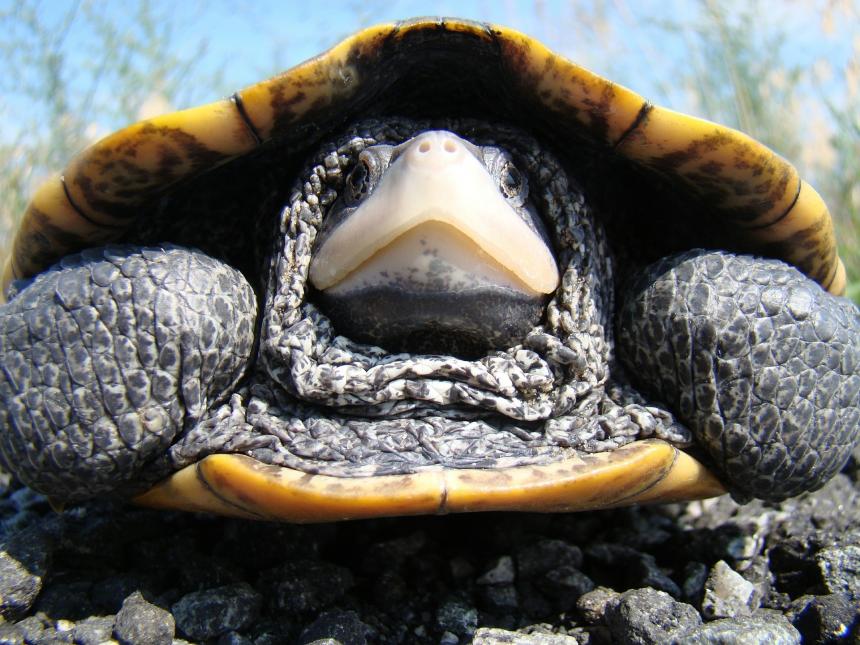
March 06, 2017
Cornell scientists and partners have discovered that saxitoxin, a potent neurotoxin from algal blooms, was the cause of a massive die-off of diamondback terrapin turtles and fish. Understanding what's happening in this fragile ecosystem is key to preventing future crises - for wildlife and people.
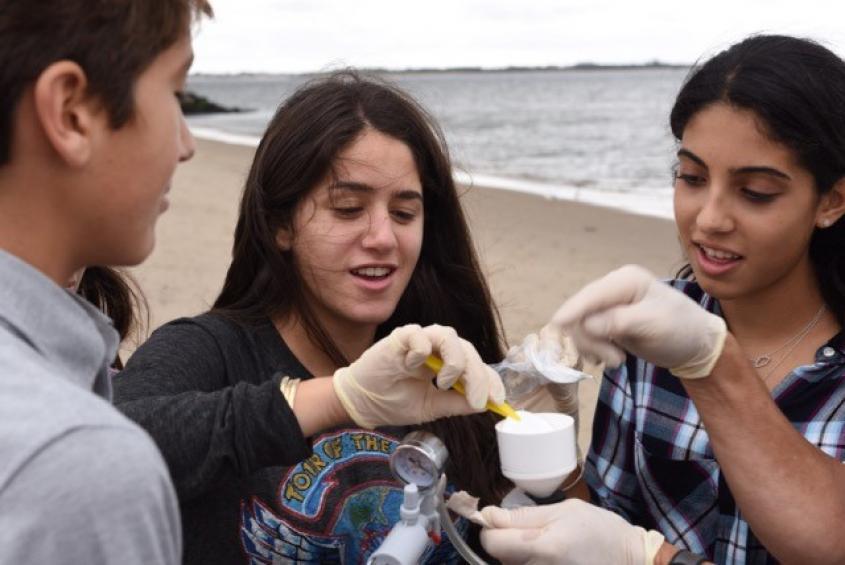
February 24, 2017
Hundreds of students ranging from fourth-graders to high school seniors across New York State are engaging in a hands-on scientific project with Cornell University by collecting water samples and evaluating environmental DNA to monitor the spread of invasive fish species, providing a real-world lesson in ecology and environmental management.
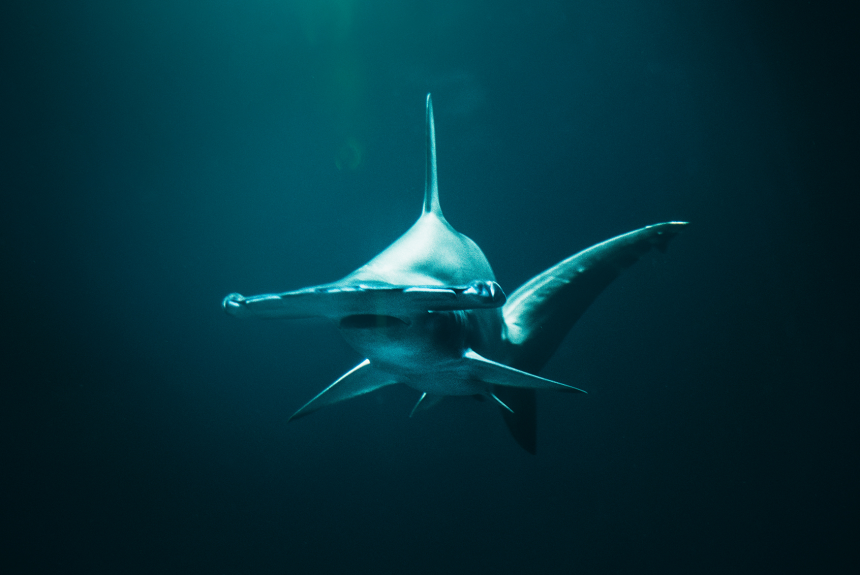
January 30, 2017
A new study of shark DNA, including from great white and great hammerhead sharks, reveals unique modifications in their immunity genes that may underlie their rapid wound healing and possibly higher resistance to cancers.
